The Sun Labeling Worksheet
This blog post is dedicated to all elementary educators and parents who are seeking a useful tool for teaching and reinforcing the concept of labeling objects. Introducing the Sun Labeling Worksheet! Designed to engage children in a hands-on activity, this worksheet encourages critical thinking and helps develop vocabulary skills as they identify and label various components of the sun.
Table of Images 👆
More Other Worksheets
Kindergarten Worksheet My RoomSpanish Verb Worksheets
Cooking Vocabulary Worksheet
DNA Code Worksheet
Meiosis Worksheet Answer Key
Art Handouts and Worksheets
7 Elements of Art Worksheets
All Amendment Worksheet
Symmetry Art Worksheets
Daily Meal Planning Worksheet
What is the Sun?
The Sun is a massive, luminous sphere of hot plasma held together by its own gravity at the center of our solar system. It is a star, primarily composed of hydrogen and helium, that emits light and heat energy through nuclear fusion in its core. The Sun plays a crucial role in sustaining life on Earth by providing warmth and light for photosynthesis, making it the primary source of energy and life for our planet.
What is the Sun made of?
The Sun is primarily made up of hydrogen (about 74%) and helium (about 24%). Small amounts of heavier elements like oxygen, carbon, neon, and iron make up the remaining 2% of its composition.
How does the Sun produce energy?
The Sun produces energy through a process called nuclear fusion. In the Sun's core, extreme heat and pressure cause hydrogen atoms to fuse together to form helium. This fusion reaction releases an immense amount of energy in the form of light and heat, which is emitted as sunlight and solar radiation. This process of nuclear fusion is what sustains the Sun's energy output and provides warmth and light to our solar system.
What is the temperature of the Sun's core?
The temperature of the Sun's core is estimated to be around 15 million degrees Celsius.
How does the Sun's gravity affect the planets?
The Sun's gravity affects the planets by keeping them in orbit around it. The gravitational pull of the Sun is what causes the planets to continuously move in a curved path around it, known as an orbit. This gravitational force is what maintains the stability and structure of our solar system, keeping the planets in their respective positions and orbits.
What are sunspots?
Sunspots are dark spots that appear on the surface of the Sun, caused by magnetic activity. They are cooler than the surrounding areas and appear darker as a result. Sunspots are temporary phenomena and can vary in size and number over the solar cycle, with more appearing during periods of increased solar activity.
How long does it take for light from the Sun to reach Earth?
Light from the Sun takes approximately 8 minutes and 20 seconds to reach Earth, traveling at a speed of about 186,282 miles per second. This distance is known as one astronomical unit (AU), which is about 93 million miles (150 million kilometers).
What is solar wind?
Solar wind is a stream of charged particles, predominantly electrons and protons, that are continuously emitted from the outer atmosphere of the Sun. This high-speed flow of particles extends throughout the solar system, carrying with it magnetic fields and impacting planets and other celestial bodies, influencing their atmospheres and creating phenomena such as auroras.
What is the Sun's role in the water cycle?
The Sun plays a crucial role in the water cycle by providing energy through sunlight that drives the process of evaporation. When the Sun heats up bodies of water, the water molecules gain energy and turn into water vapor, rising into the atmosphere. This vapor forms clouds and eventually leads to condensation and precipitation, completing the water cycle.
How does the Sun's energy influence weather patterns on Earth?
The Sun's energy plays a crucial role in driving Earth's weather patterns by heating the atmosphere and the surface of the planet unevenly, which leads to the formation of high and low pressure systems. This temperature difference causes air masses to move around, creating wind patterns and driving the water cycle, which in turn influences precipitation and the distribution of heat across the globe. The Sun's energy also directly affects the formation of clouds, storms, and other weather phenomena, making it a major driver of Earth's climate and weather patterns.
Have something to share?
Who is Worksheeto?
At Worksheeto, we are committed to delivering an extensive and varied portfolio of superior quality worksheets, designed to address the educational demands of students, educators, and parents.

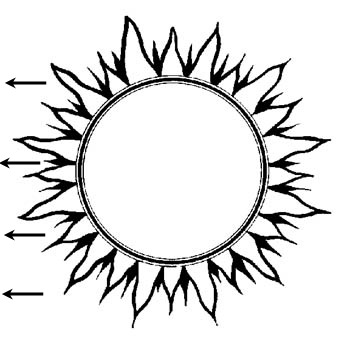



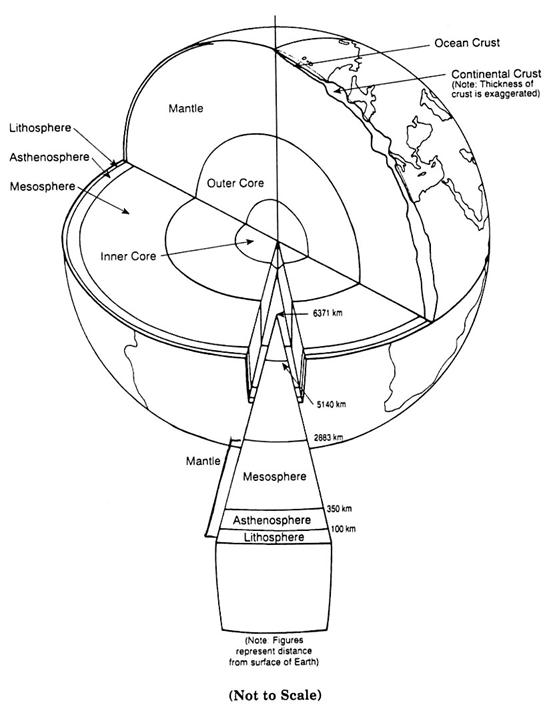
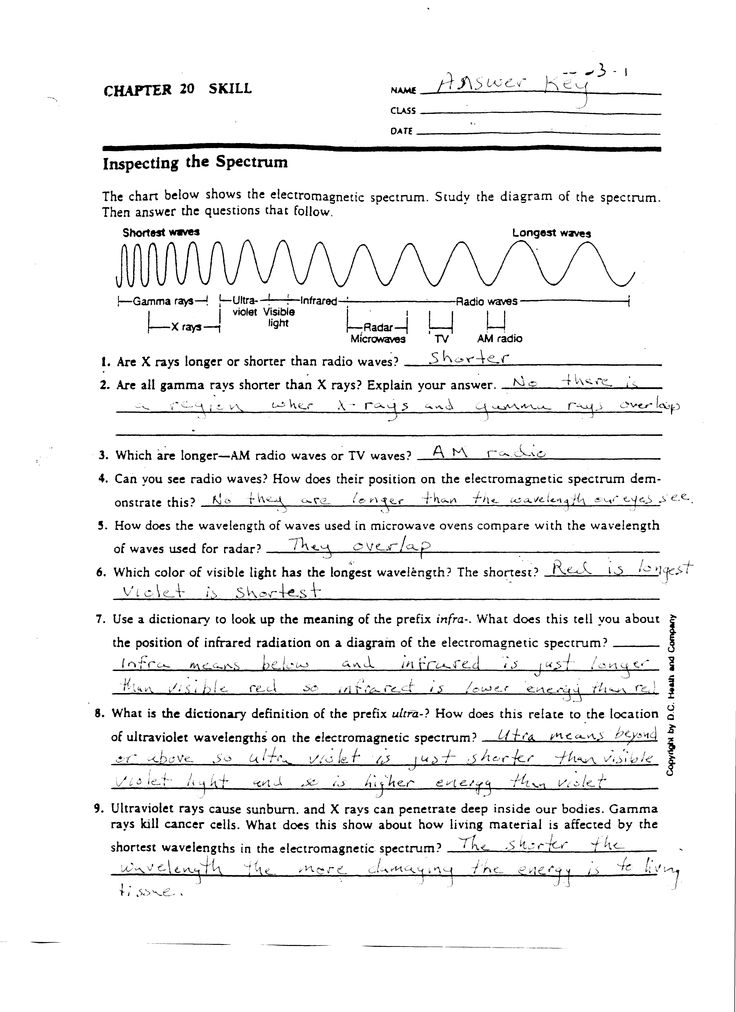
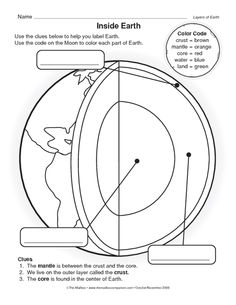
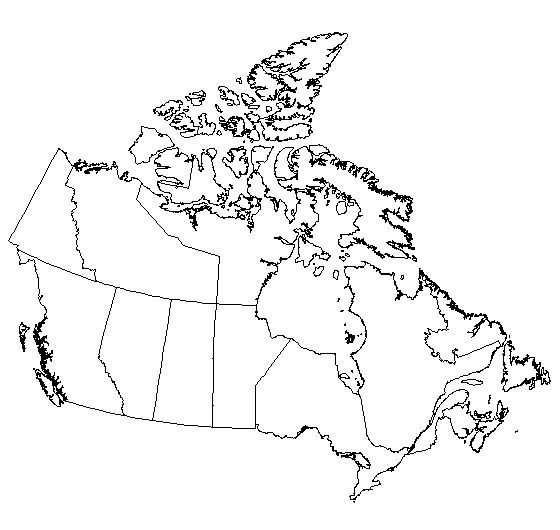
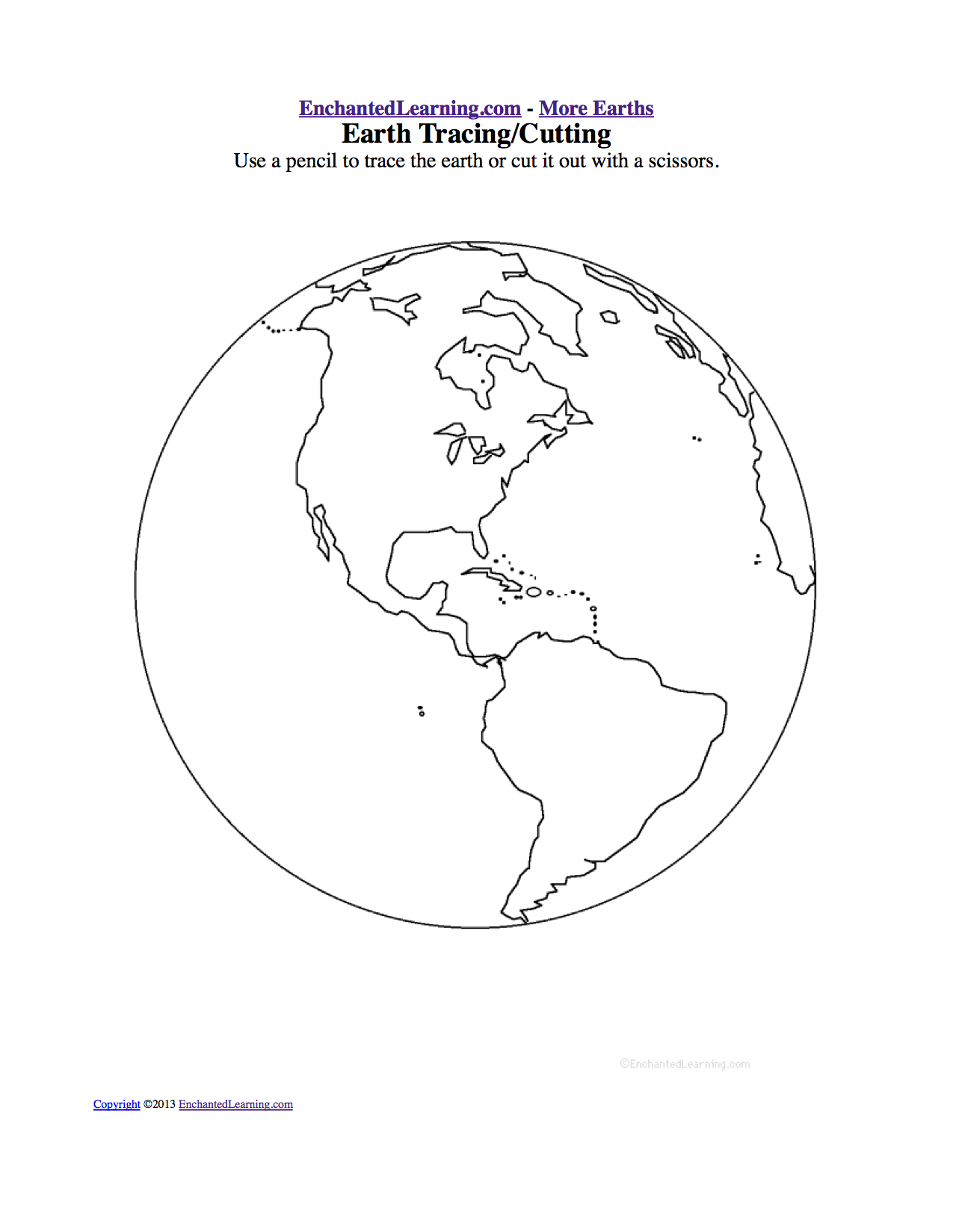
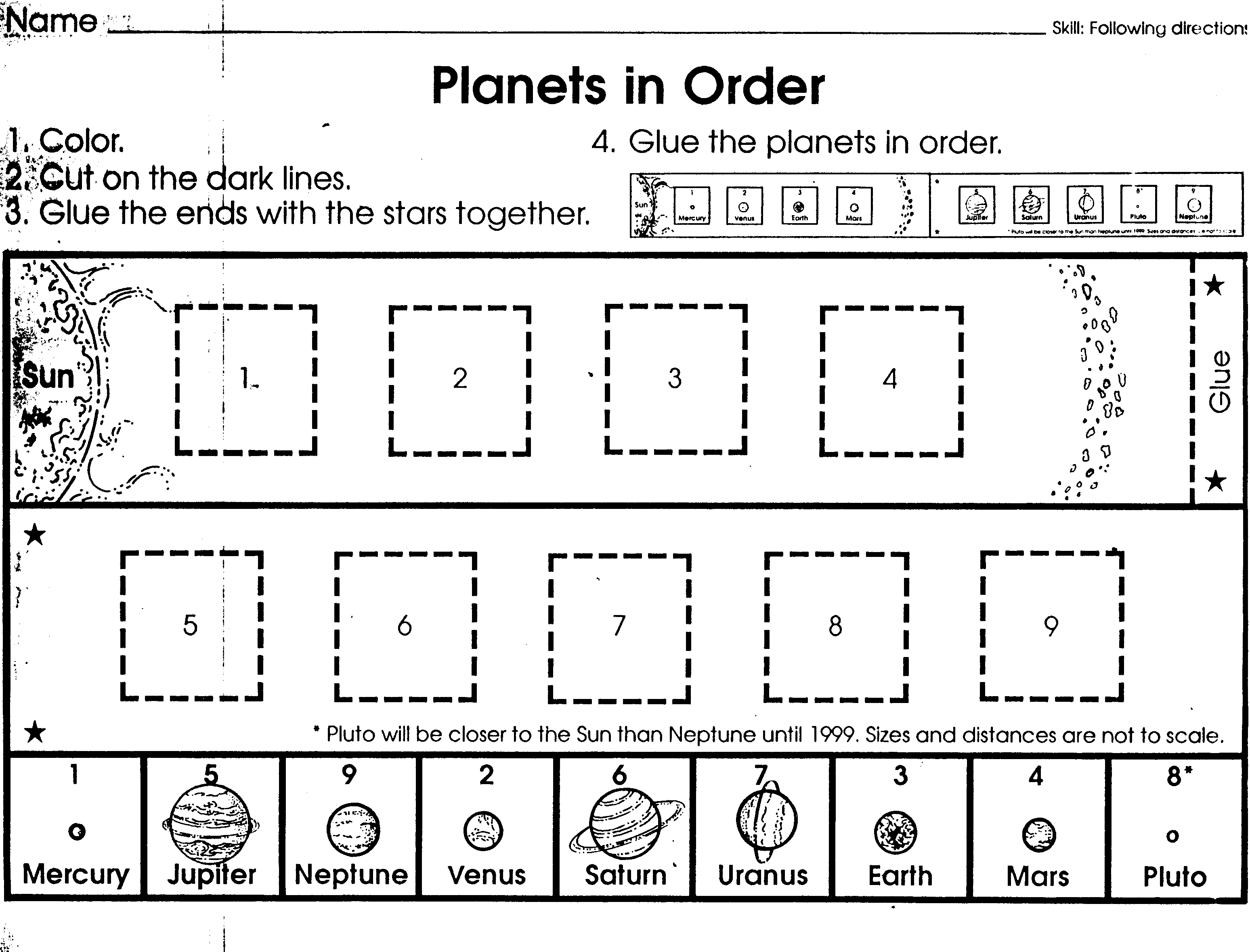

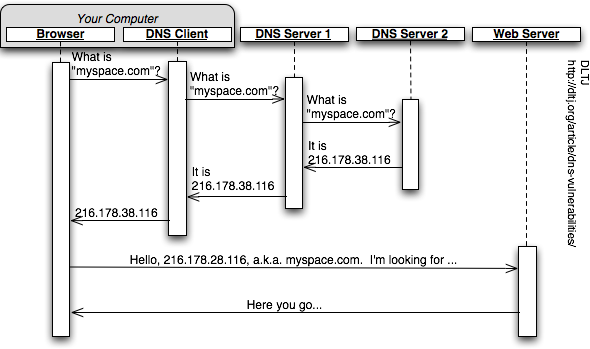
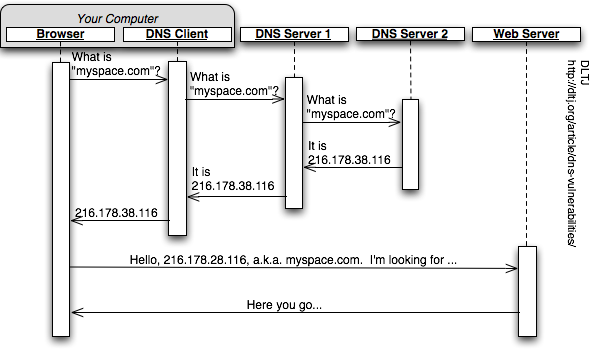
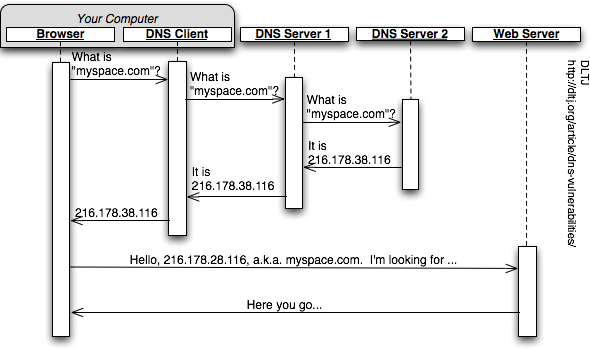
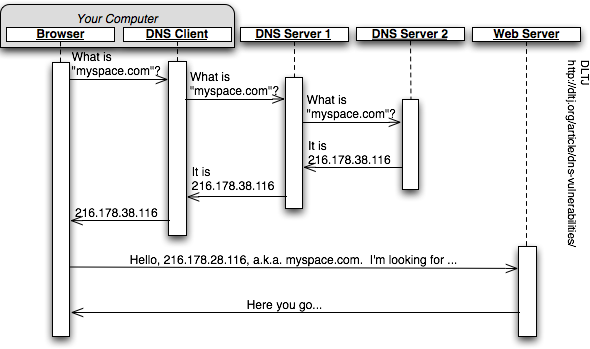














Comments